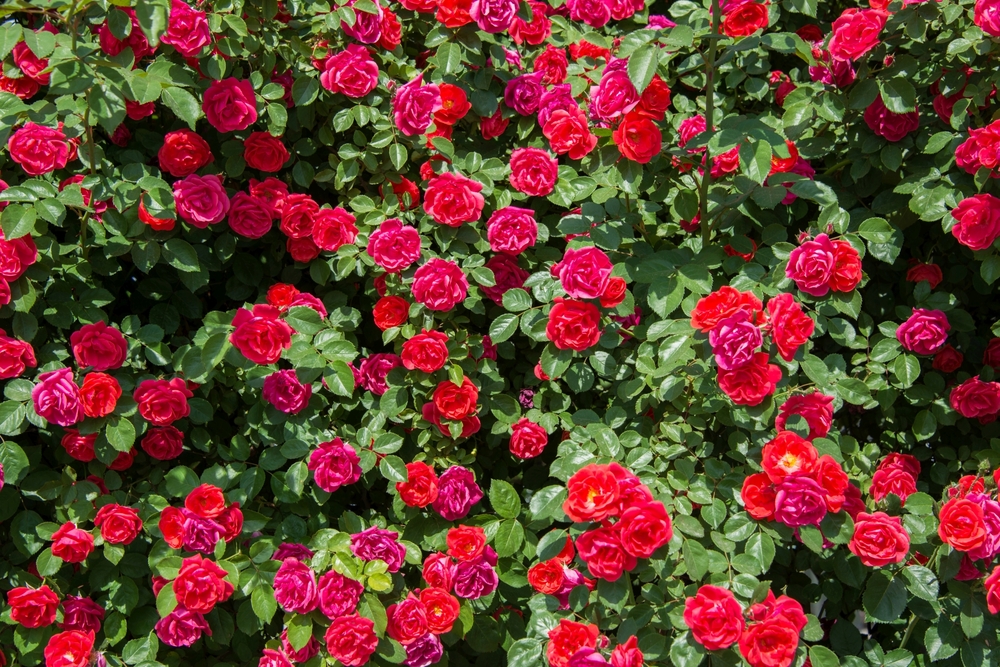
Roses are red and violets are blue – but why?
Roses are red and violets are blue, but have you every wondered why? We know why flowers have colors – it helps them attract bees and other pollinators. They also help humans attract mates, surprising them with a heartfelt bouquet (or at least averting disaster by picking up one as a last-minute gift). But how exactly do flowers develop such a variety of vibrant hues?
Scientists have, and that’s why the National Science Foundation (NSF) is funding research into the genetics behind flower colors and how those colors change over time.
Stacy Smith of the University of Colorado Boulder is one of the members of the research team. She says that flower color is due to the “biochemical composition of petal cells.”
What is the biochemical composition, though? According to scientists, it’s pigment compounds such as flavonoids, carotenoids, and betalains.
If your ears perk up because you’ve heard of the health benefits of flavonoids, you’re on the right track. These hue-inducing compounds also have “antioxidant and other medicinal properties, including anti-cancer, anti-bacterial, and anti-inflammatory activity,” according to NSF Program Director Simon Malcomber.
Changes in the chemistry of these pigment compounds create different flower colors. Much of Smith’s work has focused on the tomato family of plants – one that includes species that range from tomatoes and eggplants to, surprisingly, tobacco and even potatoes. Her team is focusing on studying the wild species of these plants because they have a wider range of colors than their domesticated counterparts.
They’re currently working to determine when and how red flowers appeared in the tomato family of plants. In a species of nearly 2,800 plants, the tomato family only features 34 that have red flowers.
“With such a small number, we can take samples of every one of these species to find out whether it represents an independent origin, and to determine the biochemistry of how it makes red flowers,” Smith said.
The petunia – also a member of the tomato family – is of particular interest in sorting out this mystery, as it has a huge variation in colors.
Researchers hope that discovering how plants synthesize pigment compounds might provide clues for future drug discovery research. It will also satisfy scientists’ burning curiosity about how roses became red and violet became blue – a curiosity that is sparked anew every time they hear someone recite the classic poem.
—
By Dawn Henderson, Earth.com Staff Writer
Source: Stacy Smith, University of Colorado Boulder













